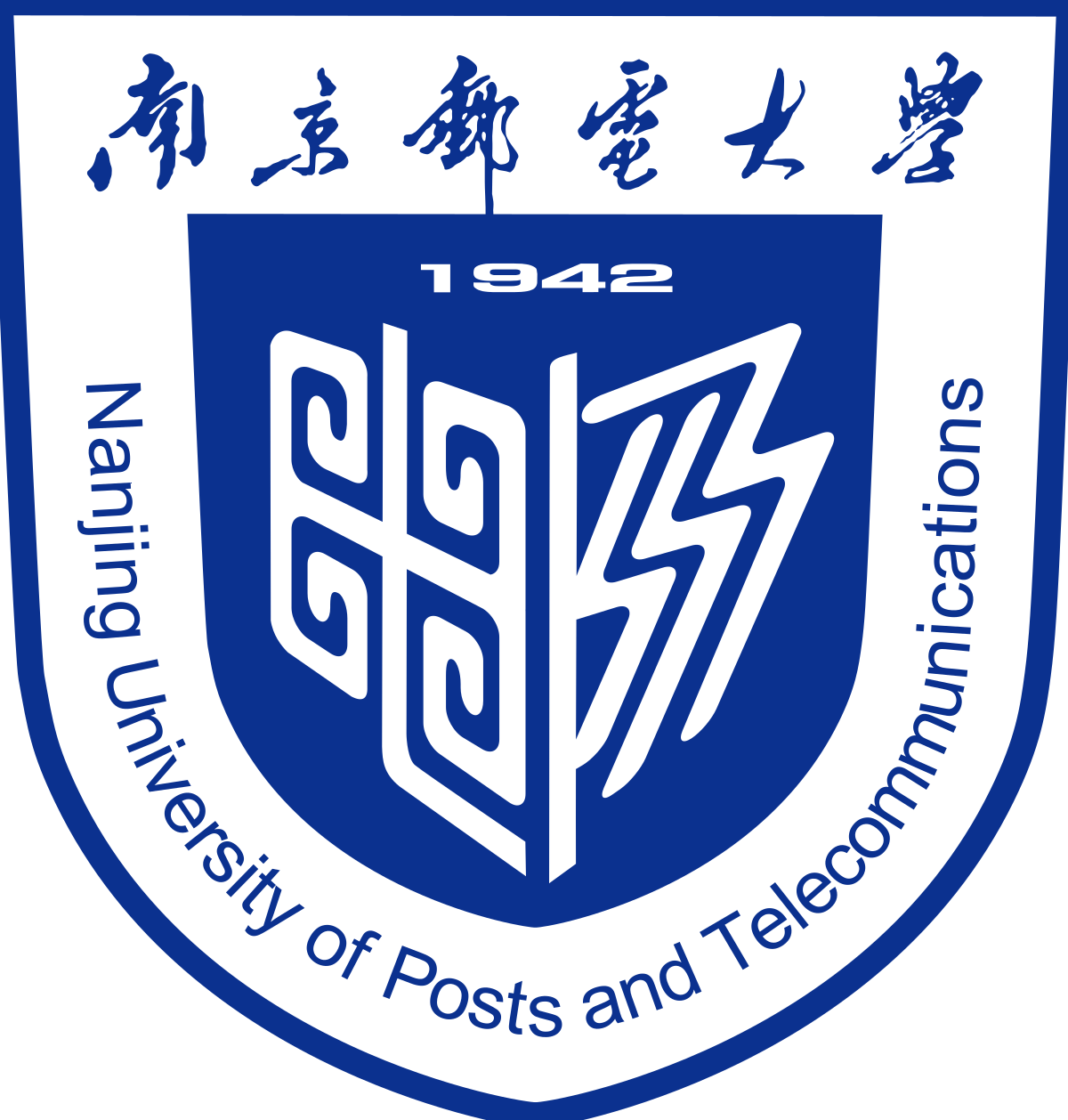Despite the tremendous clinical potential of nucleic acid-based vaccines, their efficacy to induce therapeutic immune response has been limited by the lack of efficient local gene delivery techniques in the human body. In this study, we develop a hydrogel-based organic electronic device (μEPO) for both transdermal delivery of nucleic acids and in vivo microarrayed cell electroporation, which is specifically oriented toward one-step transfection of DNAs in subcutaneous antigen-presenting cells (APCs) for cancer immunotherapy. The μEPO device contains an array of microneedle-shaped electrodes with pre-encapsulated dry DNAs. Upon a pressurized contact with skin tissue, the electrodes are rehydrated, electrically triggered to release DNAs, and then electroporate nearby cells, which can achieve in vivo transfection of more than 50% of the cells in the epidermal and upper dermal layer. As a proof-of-concept, the μEPO technique is employed to facilitate transdermal delivery of neoantigen genes to activate antigen-specific immune response for enhanced cancer immunotherapy based on a DNA vaccination strategy. In an ovalbumin (OVA) cancer vaccine model, we show that high-efficiency transdermal transfection of APCs with OVA-DNAs induces robust cellular and humoral immune responses, including antigen presentation and generation of IFN-γ+ cytotoxic T lymphocytes with a more than 10-fold dose sparing over existing intramuscular injection (IM) approach, and effectively inhibits tumor growth in rodent animals.
当前位置:
首页
>
课题组新闻
>
A co-authored paper entitled "Transdermal microarrayed electroporation for enhanced cancer immunotherapy based on DNA vaccination" was published in《PNAS》
A co-authored paper entitled "Transdermal microarrayed electroporation for enhanced cancer immunotherapy based on DNA vaccination" was published in《PNAS》
发布时间:2024-06-12
